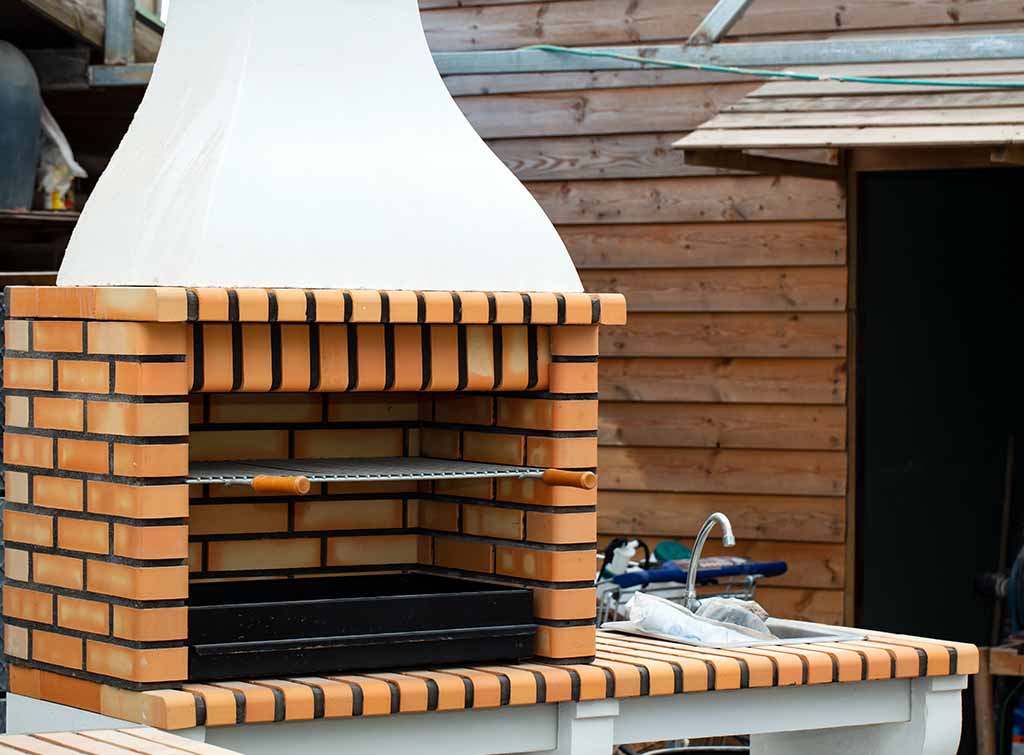Blog>Questions>How do you get tiles to stick to plywood?
Last updated: 29 November 2023
How do you get tiles to stick to plywood?
Why are my tiles not sticking to plywood? Plywood and ceramic tiles don't dance to the same beat. Plywood and tiles expand and contract at different rates due to temperature and moisture fluctuations (especially in bathrooms and kitchens). Therefore, you should never apply tiles directly onto a
Why are my tiles not sticking to plywood?
Plywood and ceramic tiles don't dance to the same beat. Plywood and tiles expand and contract at different rates due to temperature and moisture fluctuations (especially in bathrooms and kitchens).
Therefore, you should never apply tiles directly onto a plywood subfloor. If you do, your tiles will likely slip or crack in time. When applying tiles directly onto plywood without a seal, the adhesive won't bond and will get stuck in the ply.
In addition, when using a non-flexible adhesive, you will likely struggle to get your tiles to stick to plywood.
Save yourself a headache and the hassle of relaying your tiles in the future by releasing the tension with a flexible adhesive (not just from your shoulders from all that tiling work!).
How to get tiles to stick to plywood
Plywood is a dimensionally stable and affordable building material. But it's not as rigid or thick as other building materials applied under tiles, meaning it bows and flexes.
The methods below - popular with professional tilers - allow for this movement when attaching porcelain, ceramic, glass, or stone tiles to plywood.
1. Fix with flexible adhesive
Combining a sealing substrate with a flexible adhesive is a popular two-step solution for DIYers and professional tilers.
For a flexible and durable solution to slipping tiles, apply a latex-based bonding solution/primer to the plywood with a flexible cement-based adhesive and flexible grout. Never go for the easier but less effective premixed tubs. Instead, use the powdered, bagged versions.
A helpful tip for DIYers is to look for tile adhesive manufacturers that give specific instructions on preparing plywood surfaces for tile. Manufacturers including Mapei, Weber, and BAL are popular with tradespeople.
2. Secure with cement
Some professionals and experienced DIYers also choose to install an underlayment membrane or a cement backboard on a plywood subfloor.
A cement-based backboard is particularly helpful to prevent flexing and future cracking.
Top tips for laying tiles on plywood
Follow these top tips for how to get tiles to stick to plywood:
Clean and heavily score the plywood so the adhesive has enough of a rough surface to stick to
Always use an excellent flexible powdered adhesive - not the kind in a premixed tub
Try using a thicker plywood to reduce movement under the tiles
Make sure the ply is fixed correctly to minimise movement
Whichever application you choose, always follow the manufacturer's instructions
If you need any advice or help when laying tiles over plywood, contact a Checkatrade-approved tiler in your area. Whenever you're in doubt, it's always best to hire a professional to get lasting results.
Enter your postcode into the box below to find tiling specialists who come highly rated in your area.
See the tradespeople we've checked and recommend for your job
See the tradespeople we've checked and recommend for your job
